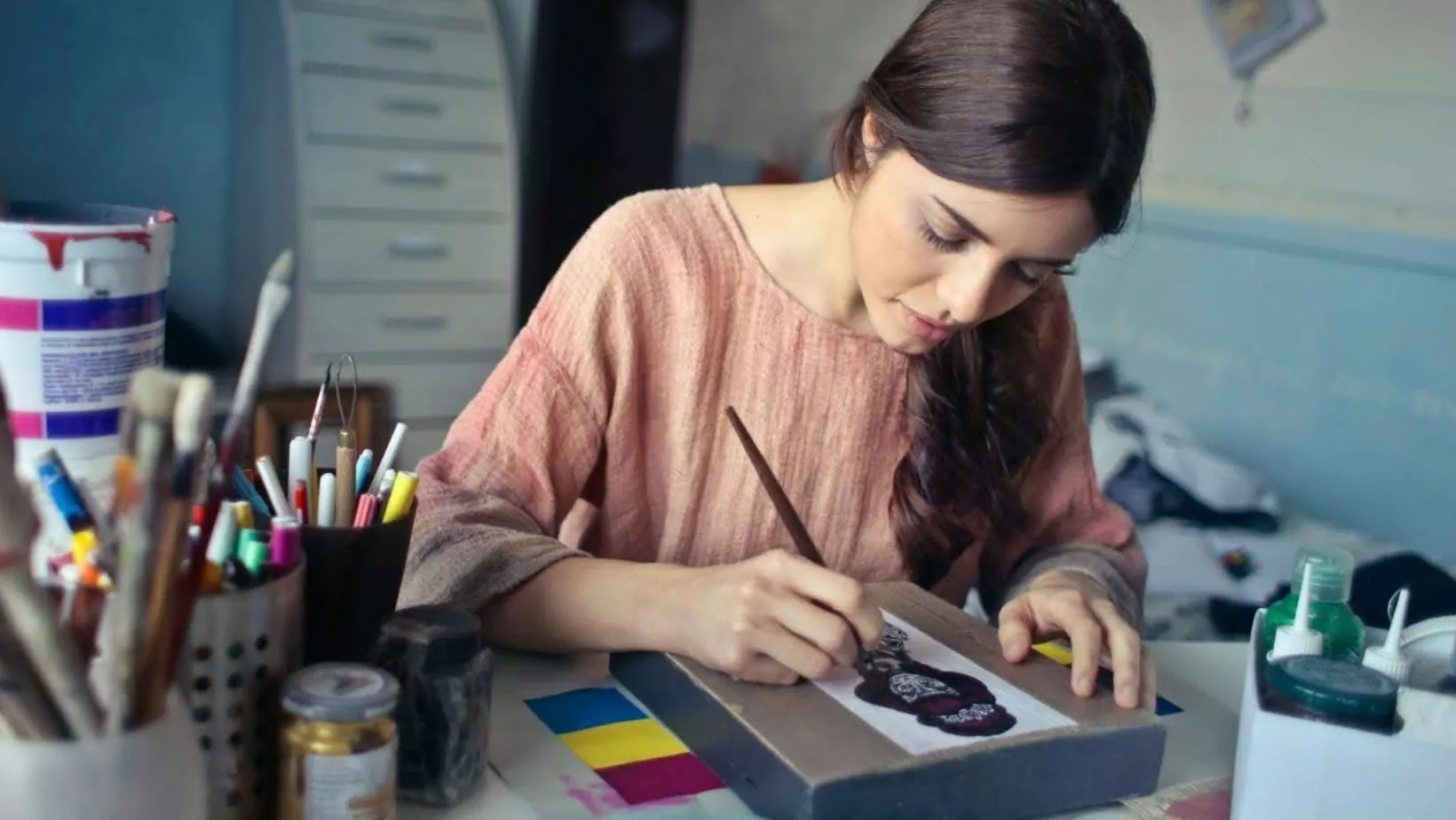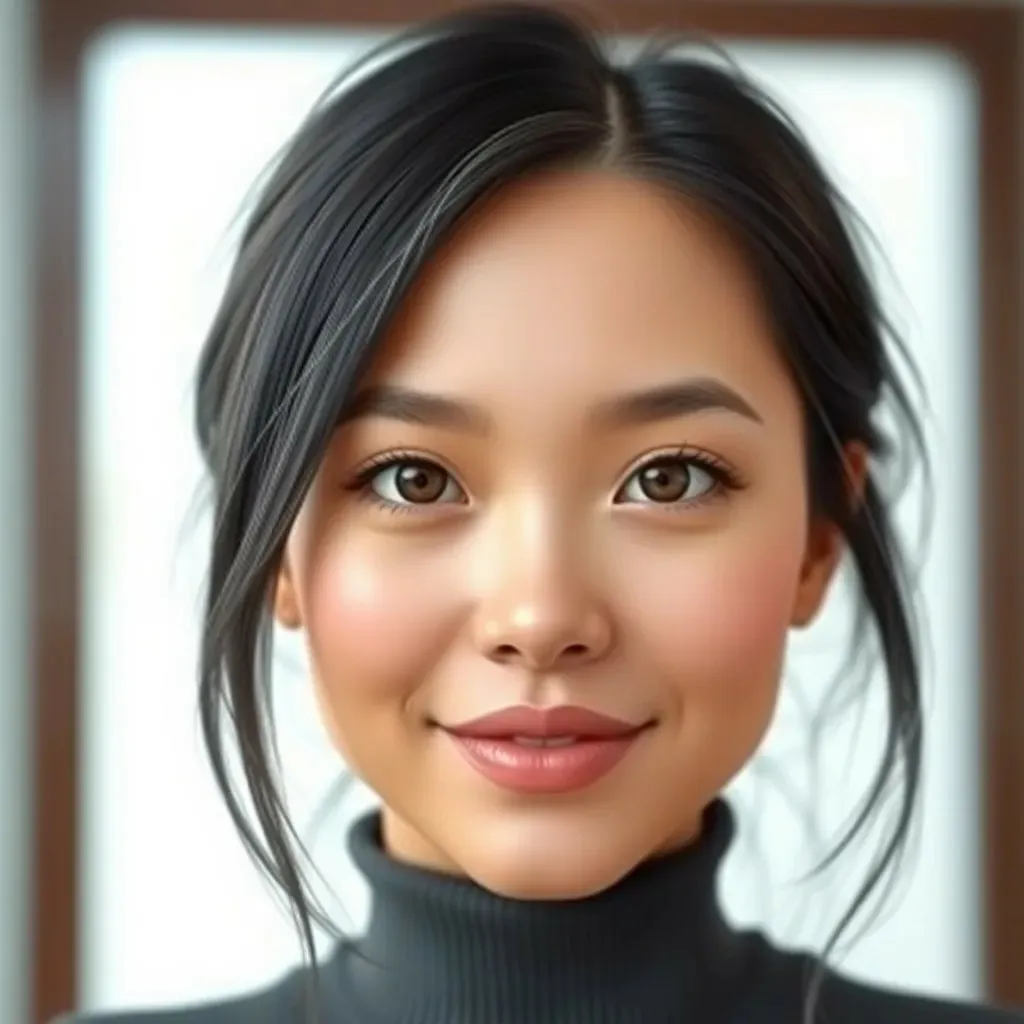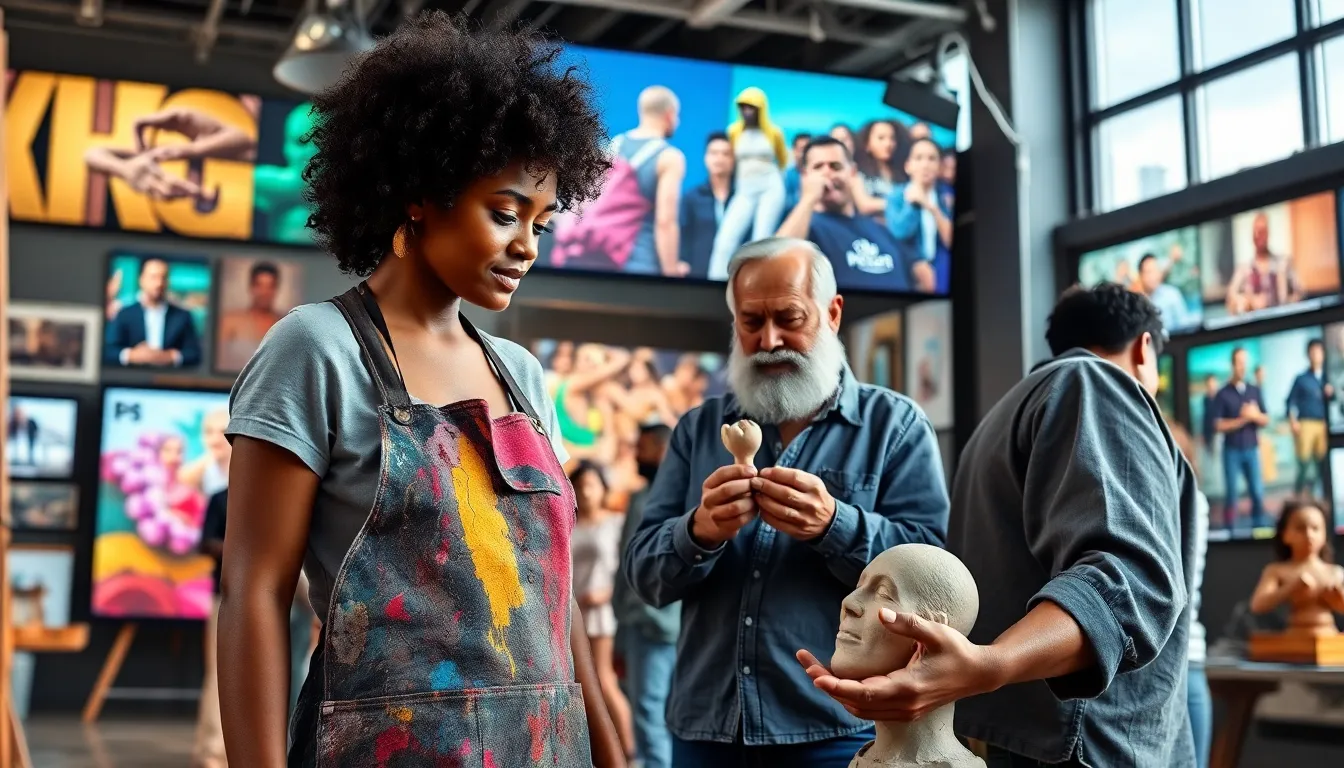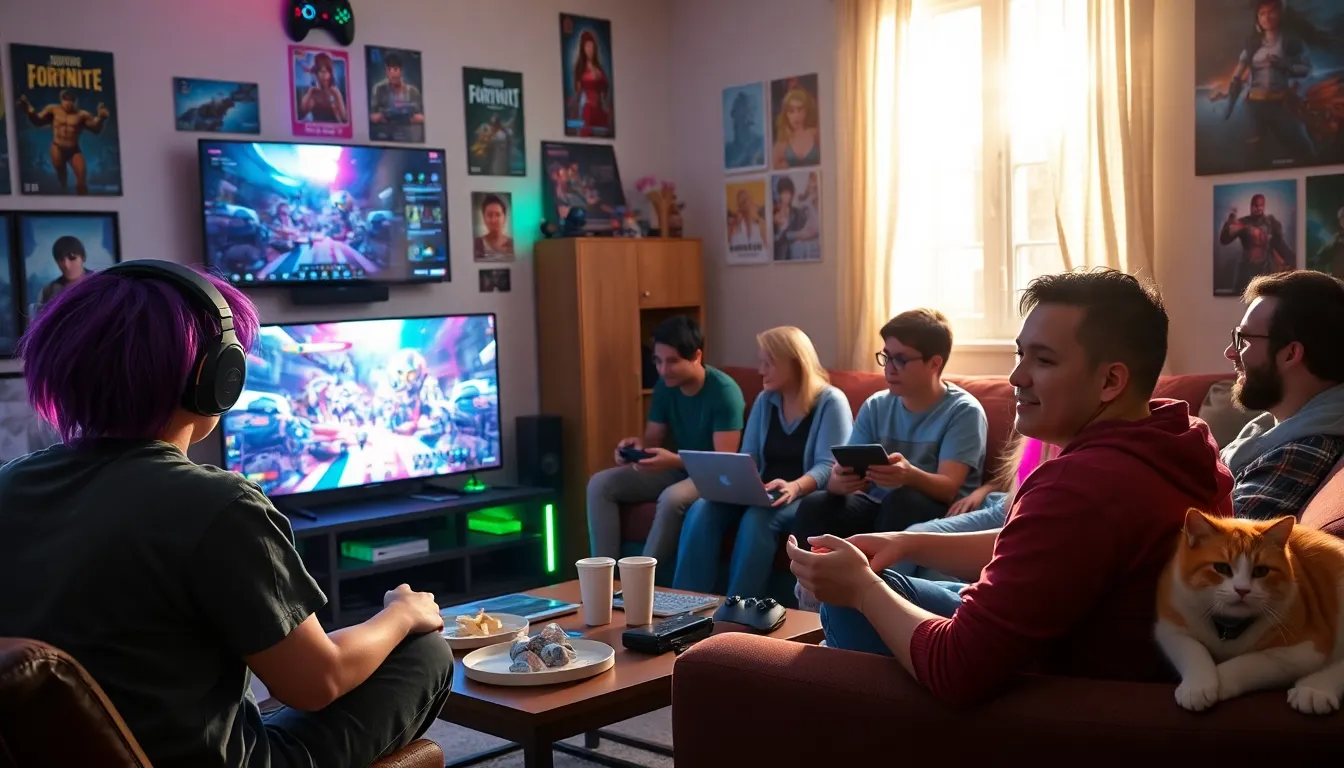Table of Contents
ToggleTraditionally, art has been equated with liberty—untaught brushstrokes, unconfined emotion, and open-ended meaning. It has long been assumed that “true” creativity flows most readily without constraint. But a quiet revolution is happening. More and more artists are discovering comfort and self-expression in directive forms of art that emphasize structure, rhythm, and instruction.
This is not regression. This is recalibration. Paint by number sets to adult coloring books, this rule-based approach is not only democratizing art; it’s reframing how creativity is viewed. In an era where clarity of mind is a luxury, boundaries create a surprising sense of freedom.
Painting inside the lines doesn’t have to come at the cost of originality. It means moving the attention from performance to process. This article discusses how guided art is pushing against traditional definitions of creative expression and opening opportunities for beginners and experienced artists alike in new ways.
The Emergence of Directed Art
Guided art is not new. It has been quietly working its way into classrooms, craft aisles, and therapy rooms for decades. But now it’s moving into popular culture with a new narrative. Something that was once thought of as elementary or babyish has gained some surprising relevance, particularly because people want quiet, controlled means of being creative. Structured formats like coloring books or art by number are gaining popularity among adults. What follows explores why these formats are gaining traction and how they’re reframing public ideas about what it means to be creative.
From Child’s Play to Creative Outlet
Ordered art, previously relegated to children’s play, has boldly made its way into the adult world. Forms previously dismissed are now being reviewed not as a second-best means of creativity, but as gateways to it.
Paint by number, in particular, is becoming more and more popular. These kits have detailed instructions and color-coded blocks, but underneath all that structure lies an intensely personal experience. There is a rhythm to it—bit by bit, color by color—until a completed picture emerges. The reward is immediate, but the process is engrossing.
What’s Behind the Boom?
There are several trends behind the runaway success of guided creativity:
- Mental clarity and stress relief: Structured art provides a predictable, low-pressure way to focus the mind.
- Accessible outcomes: Participants don’t need to “be artists” to enjoy the process or be proud of the results.
- Social sharing: Platforms like Instagram and TikTok amplify the visibility of these projects, creating a feedback loop of encouragement and inspiration.
- Home hobbies: As more individuals are at home, they can quickly get started on creative hobbies that are simple to learn.
A New Angle
Where number-by-art kits were previously dismissed as mechanical, now they are embraced for their psychological and emotional value. Instead of limiting, these kinds offer an appealing antidote to frenetic schedules and screen-saturating habits. Indeed, they encourage one back into the physical world—to the feel of a brush, to paper’s feel, and to the joyful slowness of building something with one’s own hand.
The Psychology of Boundaries in Art
Creativity isn’t just about imagination—it’s about how the mind responds to choices, challenges, and limits. Structured art formats offer fewer decisions, and that’s exactly why they can be so powerful. This section explores how boundaries don’t suppress creativity; they often enhance it. Through psychology and design, we’ll explore why painting within lines might be the key to unlocking a richer, more focused artistic experience. It’s not perfection. It’s ease, flow, and the freedom to create without pressure.
Less Pressure, More Focus
Too many options and too little inspiration can freeze the creative process. This process—known as “decision fatigue”—will lead to a person stifling themselves before they have even begun. Pre-formatted art takes away the dread of the blank page. Instead of bogged-down potential, there is a clear entry point. With fewer options, more energy is put into the act itself.
Structured styles give something for the brain to hold onto. They focus attention, shut out distraction, and allow people to become immersed in the experience.
Boundaries That Free the Mind
Scientists have found that creative problem-solving is made better by having some minimal constraints. Constraints are blueprints, not cages. Constraints provide structure where people can engage without fear of “doing it wrong.”
In guided art:
- The process is scripted.
- The stakes are low.
- Progress is visible.
That’s a potent pairing for people who doubt their imagination or simply require a break from open-ended stress.
Personal Connection Through Pattern
There’s an emotional payback, too. Every finished painting is worth it. Even when employing a pattern, every stroke is yours. Pride of achievement, and that creates confidence for the next artistic endeavor. Many start with standardized templates and then shift toward freer expression—not because they must, but because they’re no longer daunted.
Where Guided Art Shows Up Today
Guided art is emerging everywhere—kitchens and cafés, community centers and virtual workshops. It’s no longer something done only at home. It’s getting social, visible, and even communal. This chapter explores how structured art is gaining traction in public and creative spaces. Either through events, installations, or collective creative rituals, guided forms are uniting people and reshaping the way art is consumed in everyday life.
Creative Places Beyond the Studio
Coffee shops are becoming unexpected creative hotbeds. Some offer free-spirited art nights in which patrons can paint from pre-drawn designs while enjoying a beverage. Others display community-made artwork that comes from basic kits or collective brainstorming.
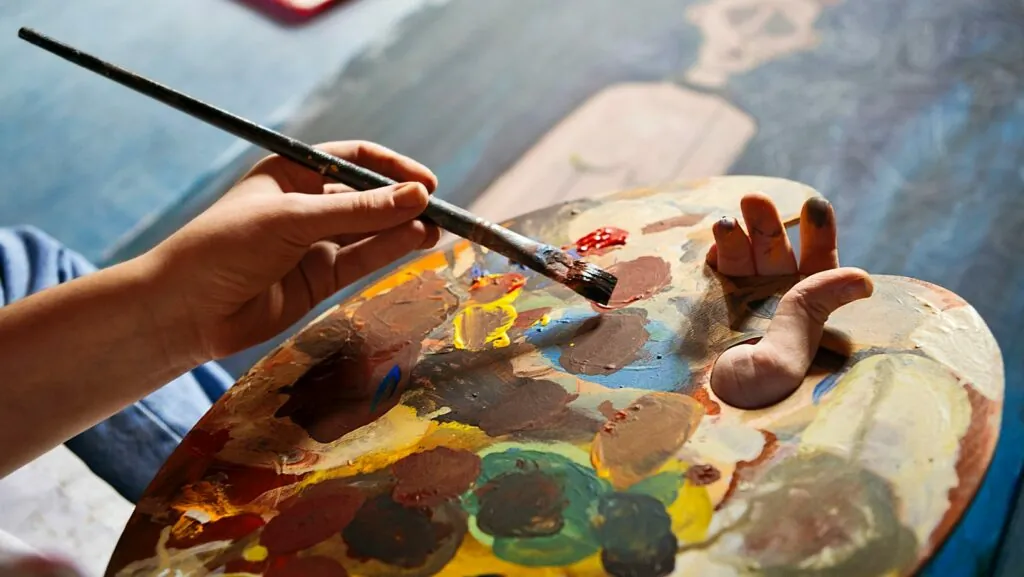
Independent shops are adopting the calming, social nature of guided art. It de-mystifies art, makes it more accessible. Where people already gather—cafes, bookstores, libraries—these sessions combine creativity with socialization.
Going Digital Without Losing Touch
While guided art thrives in physical settings, digital technology has scattered it. Mobile apps replicate the feel of coloring books or paint by number. YouTube videos take viewers through exercises in drawing, step by step. Printable patterns enable a project to be commenced easily from anywhere.
But the tactility of it—holding a pencil, smearing paint—is still what returns people to real materials. The screen can take them through it, but the act of making is still earthy, physical, and human at its core.
Conclusion
Art doesn’t have to go wild to be expressive. Sometimes the process of creating within a frame—step by step, color by color—creates a sense of definition that freeform art can’t. Structured formats, from art by number sets to social sketch evenings, are reconnecting people with creativity in their own terms. In a world that wants to demand something special, these formatted resources remind us: expression isn’t about creating beyond the lines. It’s about taking the courage to begin.

